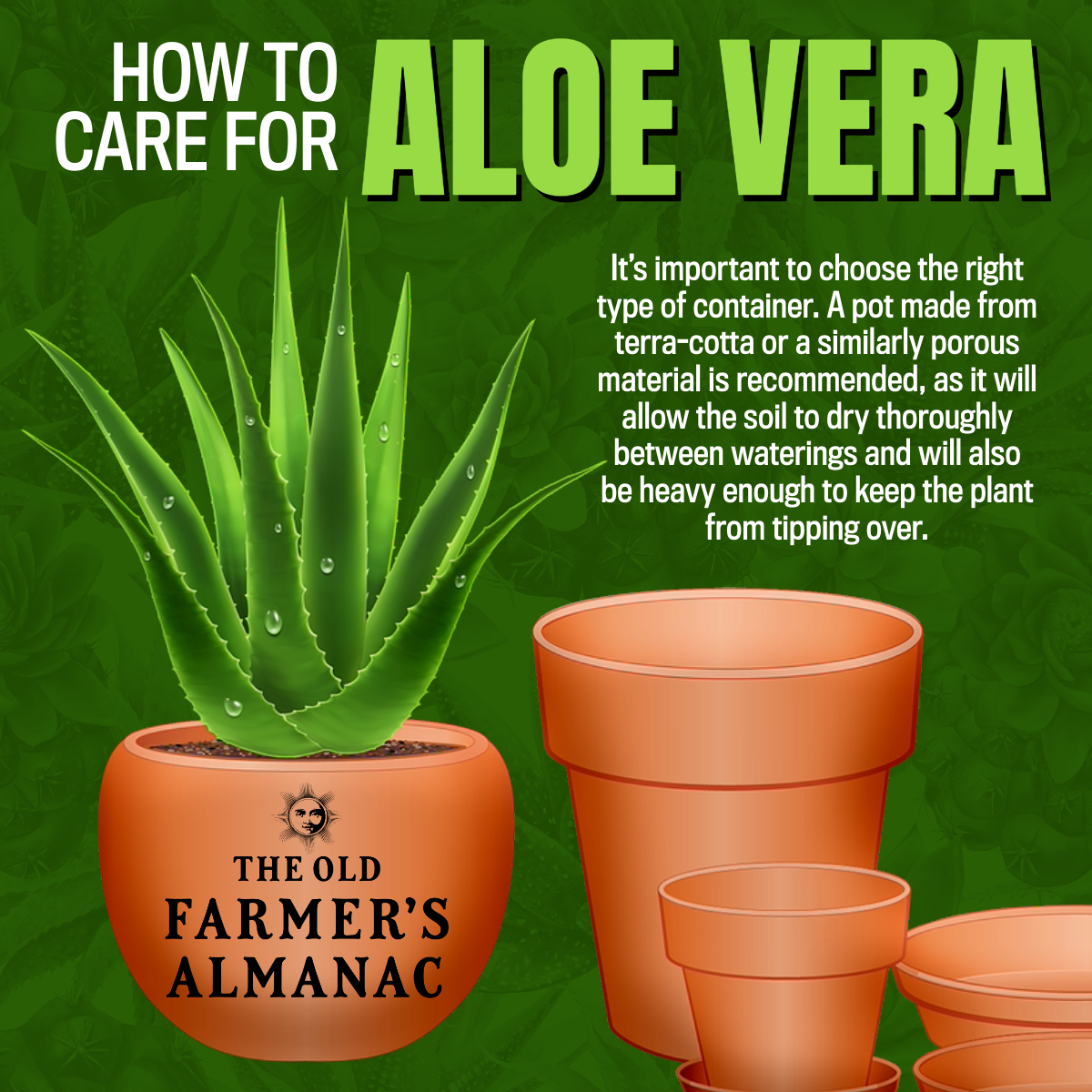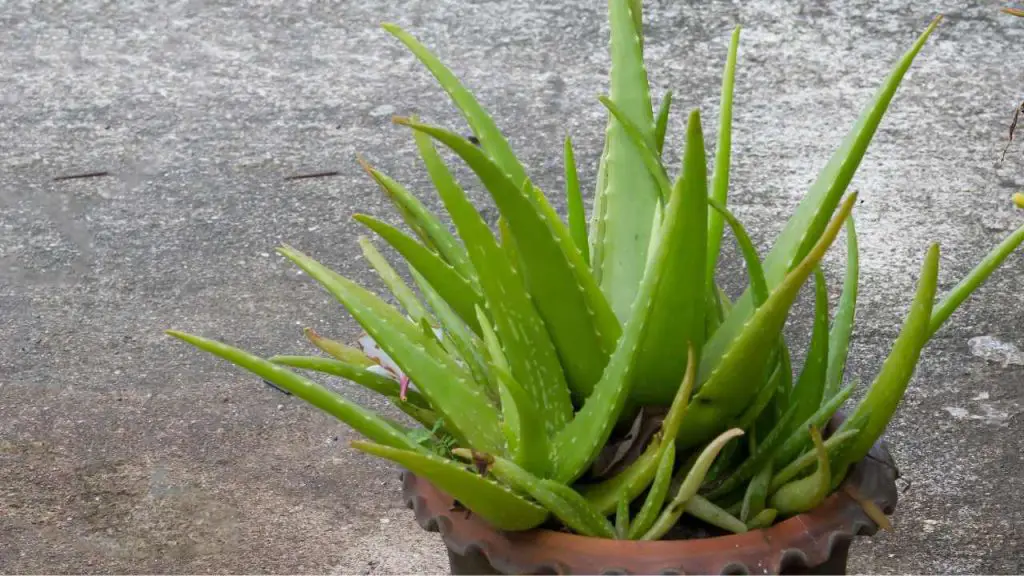How To Maintain Aloe Vera Plant

The succulent aloe vera, renowned for its medicinal properties and ease of care, is a common sight in homes and gardens worldwide. However, even this resilient plant thrives best with proper attention. Knowing the essential elements of aloe vera care can ensure a healthy, flourishing plant for years to come.
This article details the crucial steps for maintaining a vibrant aloe vera, covering everything from sunlight and watering to soil composition and potential problems. Whether you're a seasoned plant enthusiast or a beginner, understanding these guidelines will help you cultivate a thriving aloe vera specimen.
Understanding Aloe Vera Needs
Aloe vera, scientifically known as Aloe barbadensis miller, is native to arid climates. Understanding its natural habitat is key to replicating optimal growing conditions.
Its thick, fleshy leaves are designed to store water, making it drought-tolerant but susceptible to overwatering. Proper care involves balancing its need for sunlight, water, and well-draining soil.
Sunlight: Finding the Right Balance
Aloe vera thrives in bright, indirect sunlight. Direct sunlight can scorch the leaves, especially during peak hours.
An east-facing window is often ideal, providing ample morning sun without the harsh afternoon rays. If using a south or west-facing window, filter the light with a sheer curtain.
If the plant isn't receiving enough light, the leaves may become pale or etiolated (stretched and weak). Supplement with a grow light if necessary, especially during winter months.
Watering: Less is More
Overwatering is the most common cause of aloe vera problems. Allow the soil to dry out completely between waterings.
When watering, saturate the soil thoroughly, allowing excess water to drain from the pot. Reduce watering frequency during the dormant winter months, watering only when the leaves begin to wrinkle slightly.
Use room temperature water. Avoid getting water on the leaves, as this can promote fungal growth.
Soil and Potting: Drainage is Essential
Aloe vera needs well-draining soil to prevent root rot. A cactus or succulent potting mix is ideal.
You can also create your own mix by combining regular potting soil with perlite, coarse sand, or gravel. Ensure the pot has drainage holes to allow excess water to escape.
Repotting is typically necessary every one to two years, or when the plant becomes root-bound. Choose a pot that is slightly larger than the previous one.
Temperature and Humidity
Aloe vera prefers temperatures between 55°F and 80°F (13°C and 27°C). Avoid exposing it to freezing temperatures.
While it tolerates low humidity, it doesn't thrive in extremely humid environments. Good air circulation is important to prevent fungal diseases.
Fertilizing: A Light Touch
Aloe vera doesn't require heavy fertilization. Feed it sparingly with a balanced liquid fertilizer diluted to half strength.
Fertilize only during the growing season (spring and summer) and avoid fertilizing during the dormant winter months. Over-fertilizing can lead to salt buildup in the soil, which can harm the plant.
Troubleshooting Common Problems
Even with the best care, aloe vera can sometimes encounter problems. Identifying these issues early is crucial for successful treatment.
Root rot is a common problem caused by overwatering. Symptoms include mushy leaves and a foul odor. To treat root rot, remove the plant from the pot, trim away any rotted roots, and repot in fresh, well-draining soil.
Leaf spots can be caused by fungal infections or insect infestations. Treat fungal infections with a fungicide and insect infestations with insecticidal soap or neem oil.
Sunburn is indicated by brown or reddish-brown spots on the leaves. Move the plant to a location with more indirect sunlight.
Propagation: Expanding Your Collection
Aloe vera is easily propagated from offsets, also known as pups. These are small plantlets that grow around the base of the mother plant.
To propagate, gently separate the offset from the mother plant, ensuring it has its own roots. Allow the cut end to callous over for a few days before planting it in a small pot with well-draining soil.
Water sparingly until the offset establishes itself. This is a simple and effective way to expand your Aloe vera collection and share the plant with friends and family.
The Value of a Healthy Aloe Vera
Beyond its aesthetic appeal, aloe vera offers numerous benefits. The gel found within the leaves is known for its soothing and healing properties, often used to treat sunburns, minor cuts, and skin irritations.
Some studies suggest that aloe vera may also have anti-inflammatory and antioxidant properties. Proper care ensures that your Aloe vera plant is healthy and capable of providing these benefits.
By following these guidelines, you can cultivate a thriving aloe vera plant that not only enhances your living space but also offers a natural remedy for various ailments. Consider this succulent a rewarding addition to any home or garden.




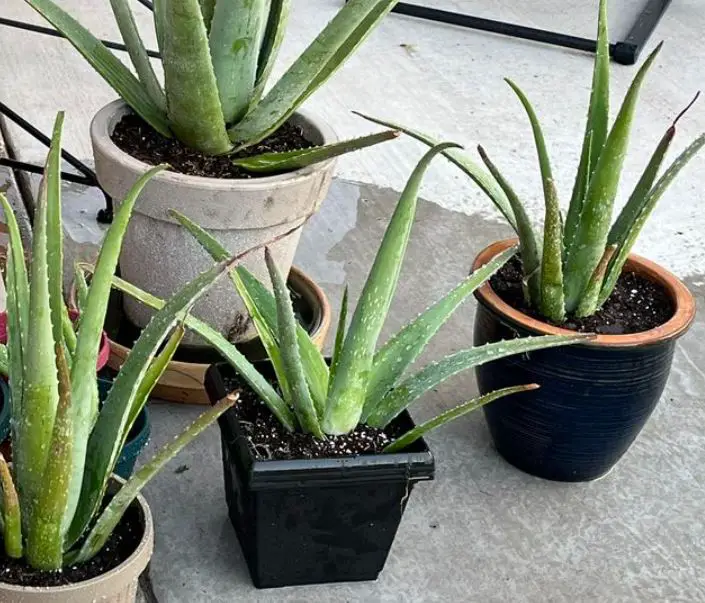

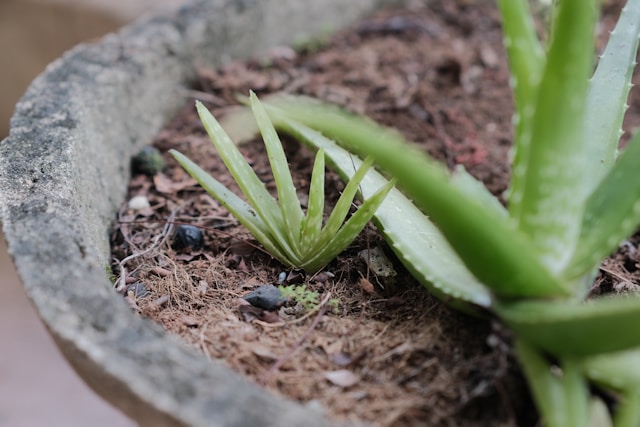
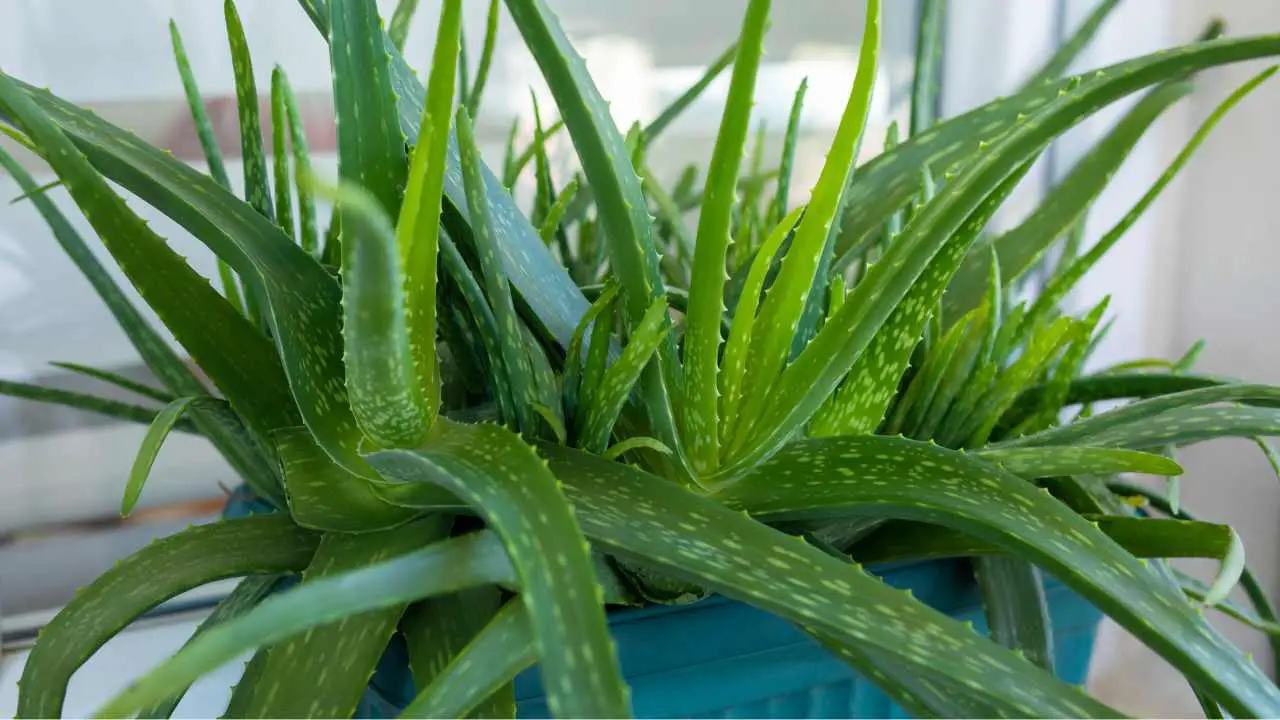



![How To Maintain Aloe Vera Plant "How to Grow Aloe Vera at Home: A Step-by-Step Guide 🌱" [Video] in 2025](https://i.pinimg.com/736x/26/f4/da/26f4da6f02352ca6626fed649fb961c6.jpg)
